#20 in Tajikistan
Piti: Ingredients and Preparation
Main Ingredients
Main Cooking Method
Preparation Process
Piti: A Deep Dive
Cultural Significance
Taste
Texture
Aroma
Color
Serving Style
Serving Temperature
Accompaniment
Occasions
Seasons
Special Diets
Calories
Popularity
Popular Similar Dishes
- Khoresh
- Bozbash
Popular Dining Area
Piti is a traditional slow-cooked soup primarily associated with Azerbaijan in the South Caucasus region in West Asia.
FYI, the name “piti” is also believed to be derived from the word “bitdi”, meaning “the end of the need to eat any more food”.
Due to historical interactions and cultural exchanges within the broader region encompassing the Caucasus and Central Asia, piti can be found in Central Asia.
However, its presence in all Central Asian countries is not prominent, but its variant recipe can be found in Tajikistan.
Generally, piti’s main ingredients are mutton and vegetables (like potatoes, tomatoes, and chickpeas). A unique aspect of Piti is the inclusion of a lump of tail fat.
Saffron water, onion, and dried alycha are sometimes added to add color and flavor. Sumac powder is also a great addition to enhance the taste, which is served separately.
Piti soup is distinctively cooked in individual oven-safe crocks with a glazed interior, which is known as “piti” in Turkic.
They can also be cooked in earthenware pots named dopu, chanag, or kyupe, depending on region. The soup is served in its cooking crock. Bread, particularly lavash, is the best option for a side food.
In Azerbaijan, shaki piti is a traditional stew hailing from the town of Sheki, including mutton, chestnuts (in place of potatoes), chickpeas, and tail fat, cooked in a “dopu” pot.
There are also various piti varieties in Moldova, Georgia, the Balkans, and Mediterranean countries.
The way to eat piti is also unique, which will be discussed later. Plus, you’ll broaden your knowledge regarding this Azerbaijani soup through its upsides and downsides, other queries of diners in making or consuming this delicacy, and its similar dishes.
Key Points
Piti Images
How To Eat Piti Correctly?
In Azerbaijan, locals traditionally eat piti in two stages. First, they season crumbled bread (like lavash) with a purple spice mix, then they pour the broth over the bread.
Later, more bread and the remaining piti’s ingredients, like meat, vegetables, and mutton fat, are added. After seasoning again with the spice mix, they mix all ingredients well to break down the fat and then consume the soup.
As a heartwarming dish, piti can fulfill your hunger quickly. But besides its benefits, some drawbacks still exist.
Pros and Cons Of Eating Piti
Here are the merits and demerits of piti soup that you should know.
Pros
Cons
After discussing the pros and cons, let’s tackle some common questions in the section below.




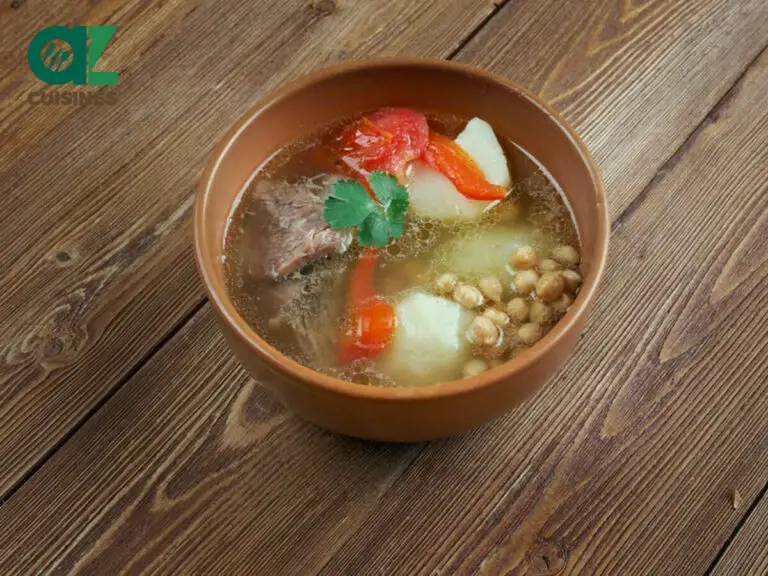
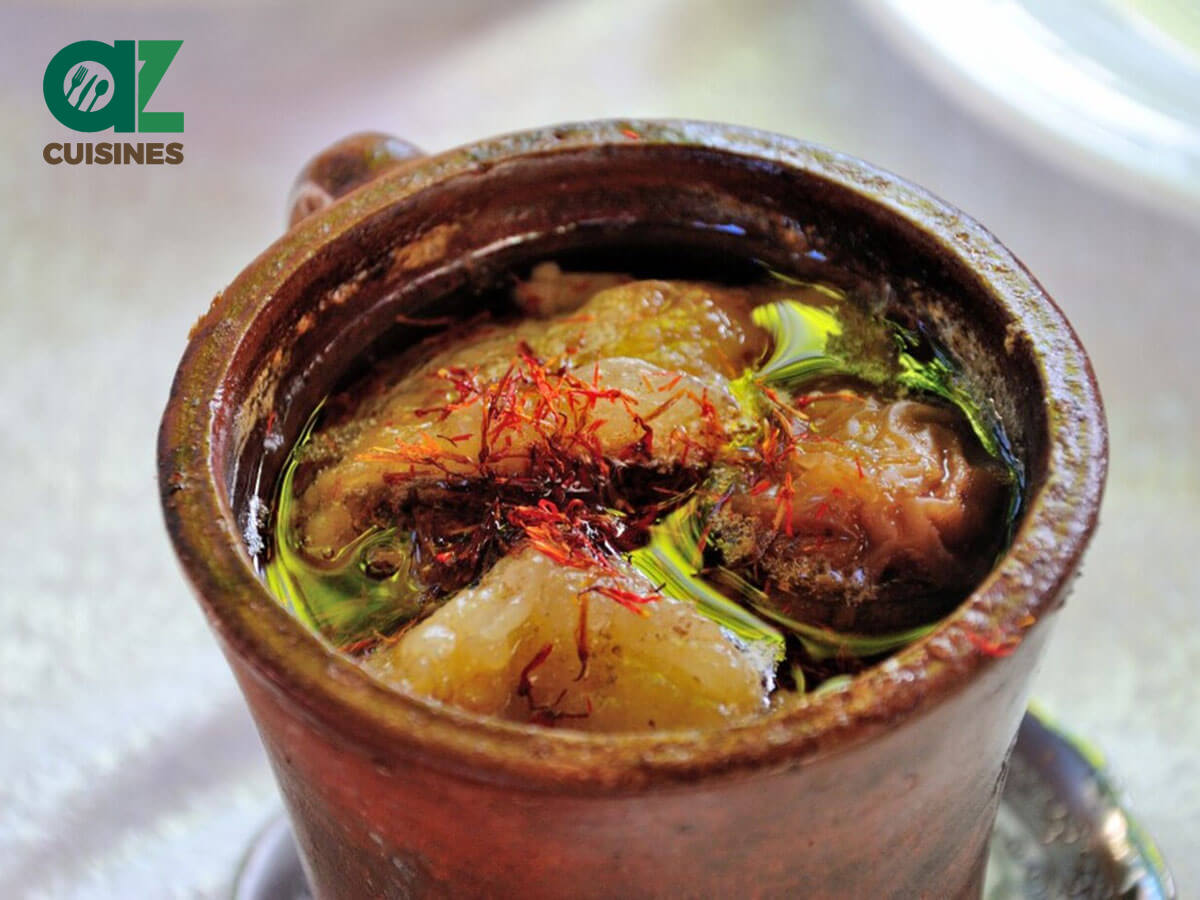
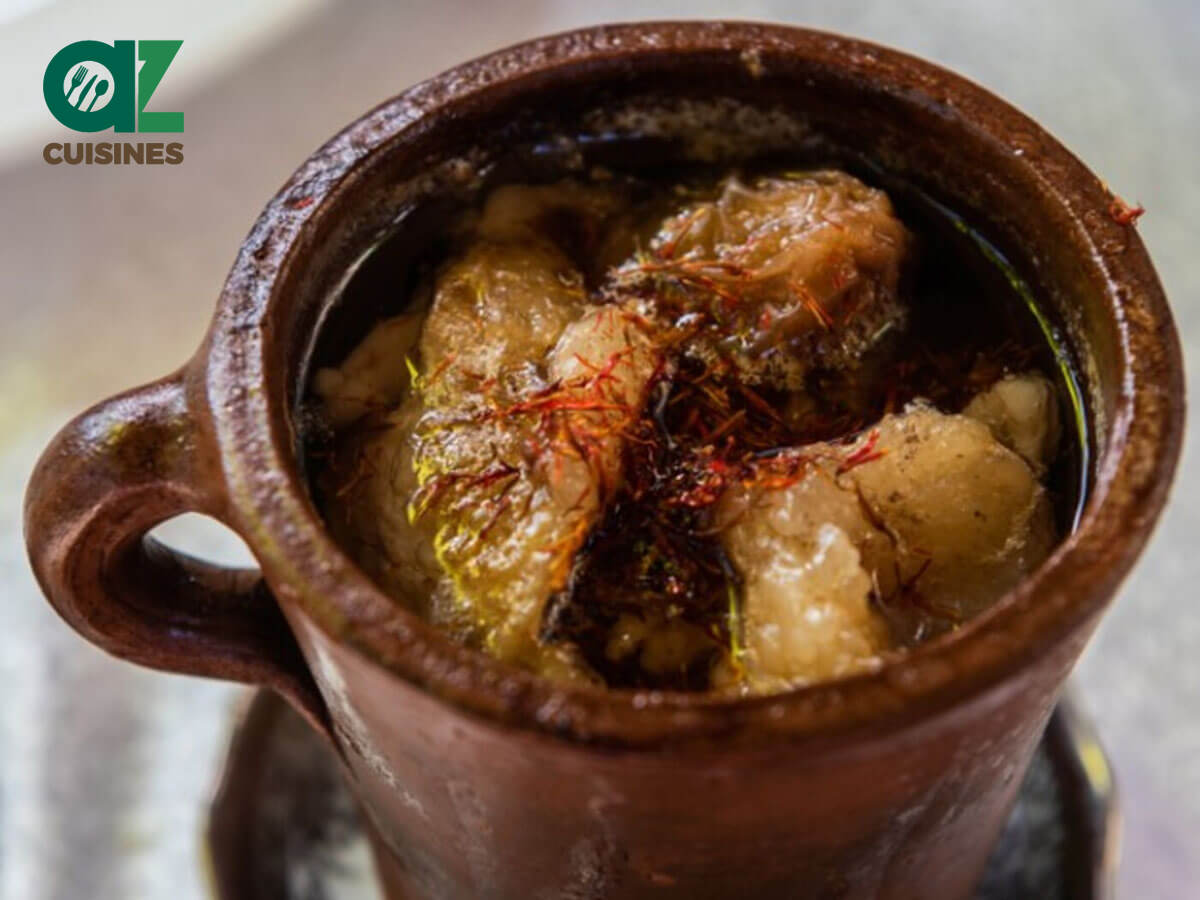
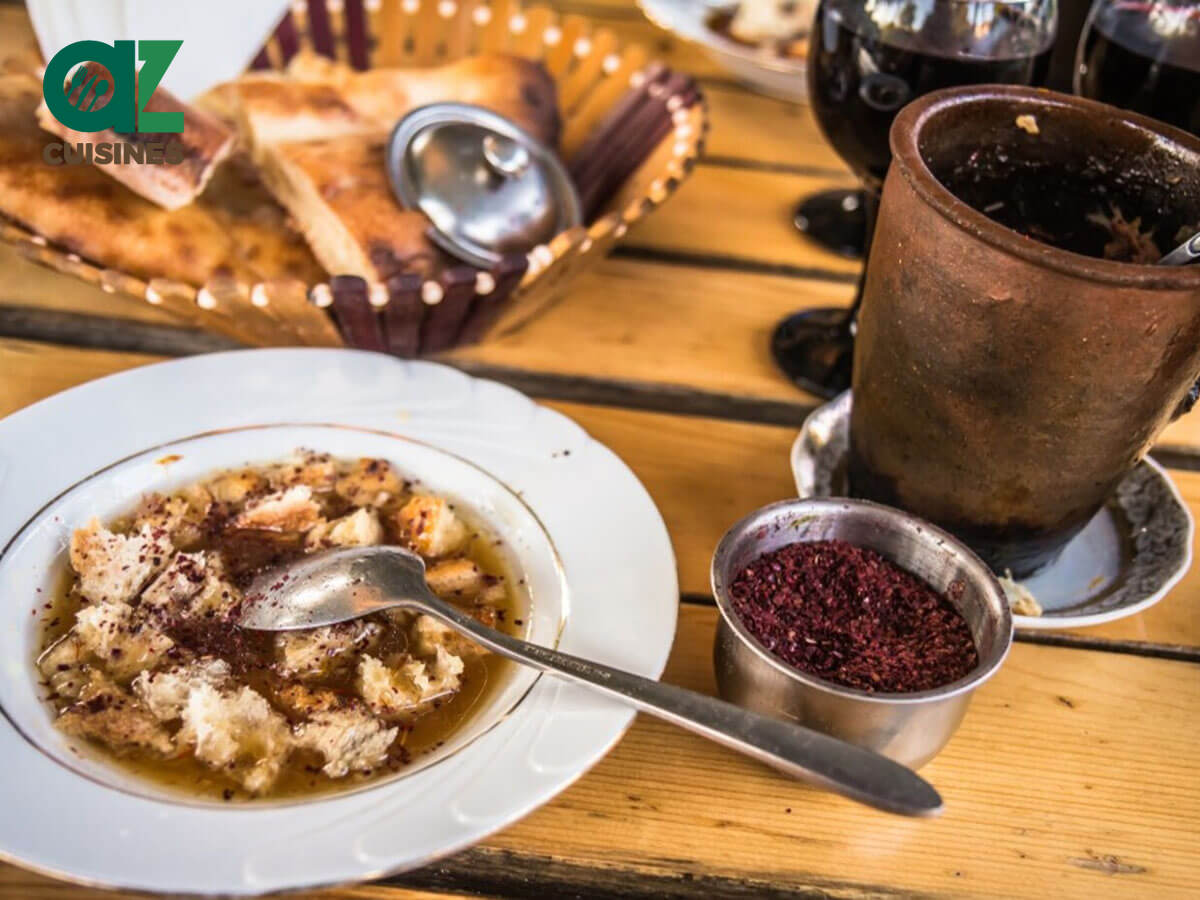
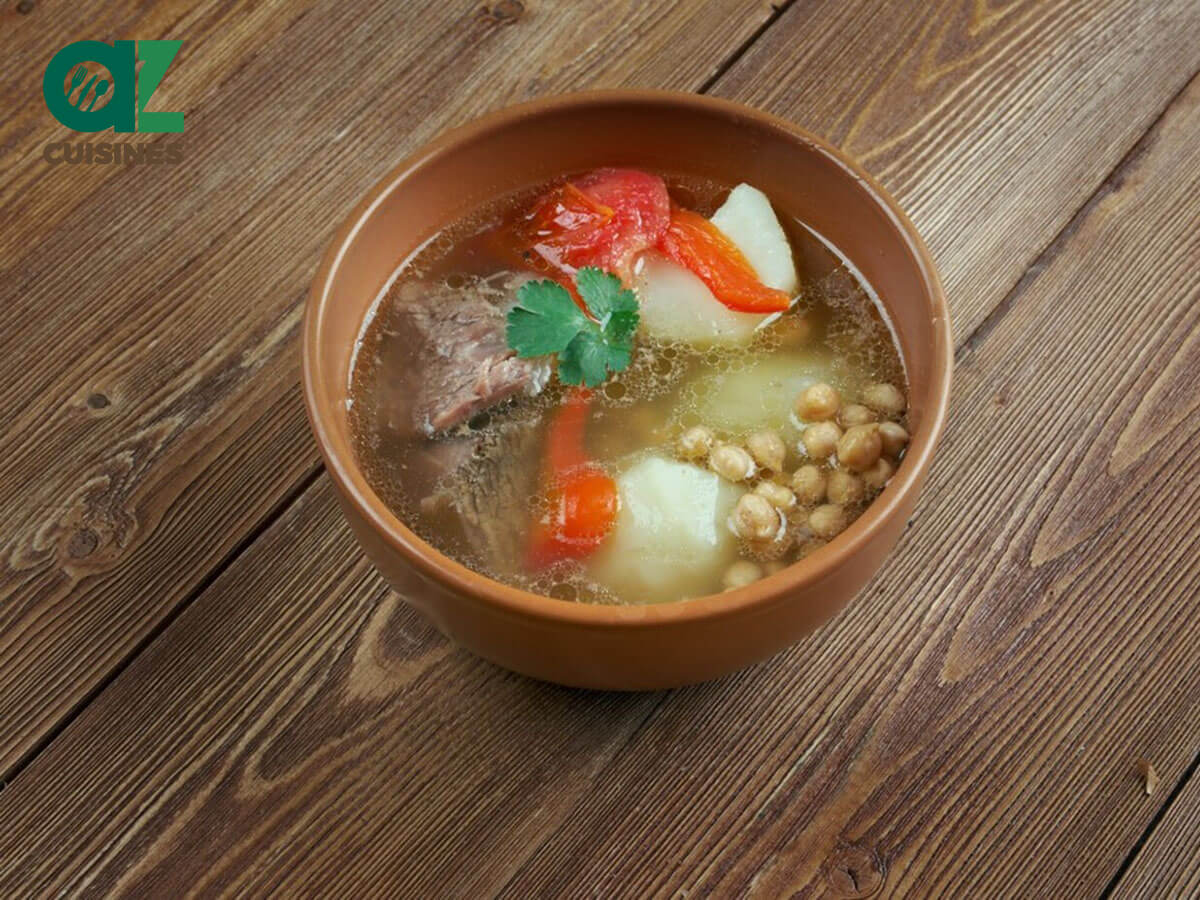
Adam Sam
Senior Food and Drink Editor
Expertise
Food Writer & Recipe Developer, Recipe Tester, Bartender, Cooking-video Maker, Editor In Chief
Education
Adam Sam, an experienced food writer and recipe developer, is passionate about blending diverse culinary traditions, national dishes, and innovative beverages, showcasing his proficiency in both traditional and modern recipe testing.
As the Editor-in-Chief, he elevates culinary content from street food to fine dining, focusing on Western cuisine and types of drinks at azcuisines.com, and is professional in creating engaging cooking videos that simplify complex dishes and ingredients.
His passion for food is evident in his writing, where he uniquely merges various cultures, traditions, and contemporary trends, skillfully combining classic recipes with modern cooking methods.